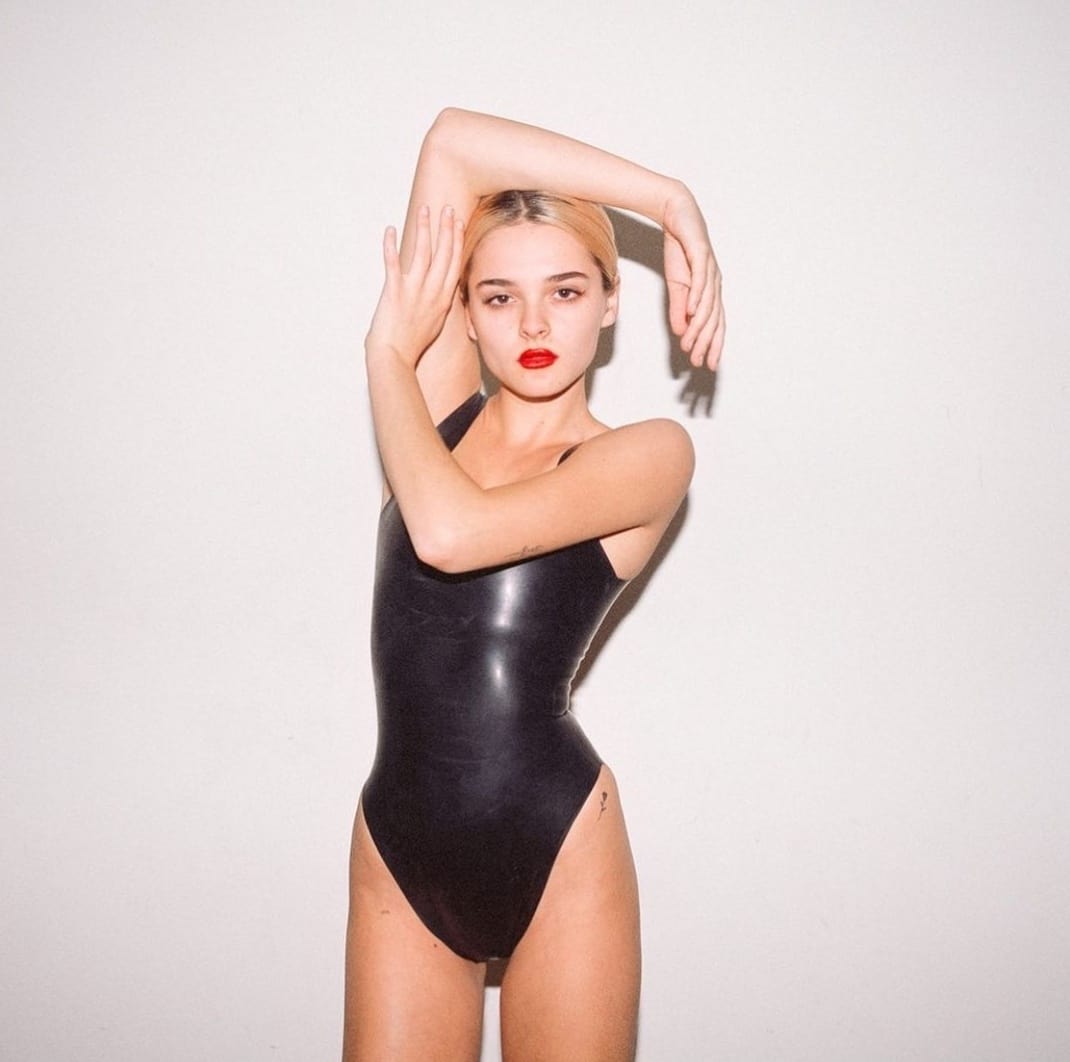When the world went into lockdown in early 2020, countless musicians found themselves abruptly cut off from studios, tours, and the collaborative energy that fuels their craft. For Charlotte Lawrence, the Los Angeles–born singer-songwriter whose hauntingly honest pop had already earned her a devoted fan base, the pandemic years became a strange mix of stillness and introspection—a period that would reshape both her creative process and the music she ultimately brought to the world.





Before lockdown, Lawrence’s career trajectory was accelerating. Her debut EP Young in 2018 had marked her as one of the freshest new voices in dark-pop, with songs that balanced catchy hooks with a vulnerable lyrical edge. Her 2021 self-titled EP, Charlotte, was already in the works, buoyed by early singles like “Talk You Down” and “Slow Motion,” each steeped in atmospheric production and personal storytelling. Live performances, photo shoots, and writing sessions filled her calendar. Momentum was on her side.
Then, like the rest of the music industry, she hit pause. Touring plans evaporated. Studio collaborations shifted online or stalled entirely. For a 20-year-old artist accustomed to movement, this sudden standstill felt unnatural. “At first it was just boredom,” she later admitted in interviews. “Then it became about figuring out how to be creative when you’re stuck in the same four walls.”



That challenge became a turning point. Without the constant input of other musicians, producers, and audiences, Lawrence was left alone with her thoughts. What emerged in that solitude was a deeper, more reflective style of writing—songs that peeled back the pop polish to reveal raw emotion. The isolation stripped away distractions, forcing her to sit with her feelings and craft lyrics that were more personal and unfiltered than anything she had written before.
In her apartment, makeshift recording spaces replaced glossy studios. Snippets of melodies were captured on her phone at odd hours. Lyrics took shape in notebooks alongside sketches, poetry, and journal entries. Without the pressure of a release schedule, she allowed herself to experiment, to write songs that might never see the light of day, purely as a way of processing the uncertainty around her.



These sessions weren’t without struggle. Creative blocks hit harder in isolation, and Lawrence has spoken candidly about the anxiety that can creep in when there’s no one around to spark inspiration. But over time, she learned to treat songwriting as a form of self-therapy. When the outside world felt chaotic, crafting melodies and words offered a sense of order and control.
Her influences during this period shifted as well. Without the constant rotation of tour playlists or label-suggested collaborators, she gravitated toward the artists she personally found comforting and challenging: the lyrical intimacy of Phoebe Bridgers, the atmospheric layers of Bon Iver, the emotional intensity of Fiona Apple. These influences seeped into her own work, giving her post-lockdown songs a moodier, more textured sound.



When studios reopened and collaborations became possible again, Lawrence emerged with a creative toolkit sharpened by solitude. Instead of relying solely on outside production to shape her sound, she had a stronger sense of her own vision. This clarity was evident in tracks like “God Must Be Doing Cocaine” and “Why Do You Love Me” —songs that bridged the gap between her pre-lockdown pop sensibilities and the more introspective tone she had cultivated during isolation.
The lockdown period also altered her relationship with her audience. Like many artists, she turned to social media and livestreams to maintain a connection, but she used these platforms less for polished promotion and more for authentic sharing. Fans saw her stripped-back performances from home, heard snippets of works in progress, and connected with her vulnerability about navigating mental health during such an uncertain time. The bond that formed in those months proved to be lasting, deepening the sense of intimacy between her and her listeners.


By the time she began working toward her debut full-length album, Somewhere, released in June 2025, Lawrence had not only weathered the challenges of lockdown but transformed them into creative fuel. Tracks like “Dog” and “Us Three” carried the emotional weight and sonic experimentation born out of those quiet months, while still delivering the accessible melodies that had always been her trademark. The album wasn’t just a collection of songs—it was a reflection of an artist who had grown up, faced herself, and come back with a renewed sense of purpose.
Her evolution during this time also shaped her live performances. Post-lockdown shows felt more intimate and intentional, even in larger venues. The stripped-back arrangements she had experimented with at home occasionally found their way into her sets, offering fans moments of closeness amid the high-energy beats. It was a balance between spectacle and sincerity, one that allowed her to showcase the full range of her artistry.



Lawrence’s story is part of a larger narrative shared by many artists of her generation—creators who entered the pandemic at a point of acceleration and came out the other side with a deeper understanding of themselves and their work. For her, the solitude of lockdown wasn’t simply a pause; it was a reframing. It forced her to ask what kind of artist she wanted to be when the world reopened, and to build the confidence to pursue that vision on her own terms.
Today, Charlotte Lawrence stands as both a rising star and a survivor of an unprecedented moment in modern music history. The lessons she learned in isolation—about patience, authenticity, and the quiet power of introspection—continue to shape her work. In an industry that often rewards speed and spectacle, she found value in slowing down, listening inward, and crafting songs that could stand the test of time.



From lockdown to lyrics, her journey proves that sometimes the most powerful growth happens when the world stops moving. For Charlotte Lawrence, those months of solitude didn’t just change her music; they deepened it, turning an already promising career into one with substance, staying power, and a voice uniquely her own.






















